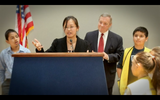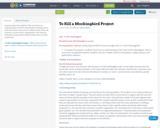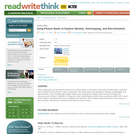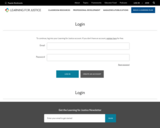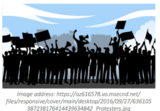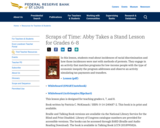
In this lesson, students read about incidences of racial discrimination and how those incidences were met with methods of protests. They engage in an activity that matches programs for low-income people with the type of economic inequity the program addresses and observe an activity simulating tax payments and transfers.
- Subject:
- Economics
- English Language Arts
- Social Science
- Material Type:
- Lesson
- Lesson Plan
- Reading
- Provider:
- Federal Reserve Bank of St. Louis
- Provider Set:
- Economic Lowdown Lessons
- Author:
- Barbara Flowers
- Date Added:
- 09/11/2019


